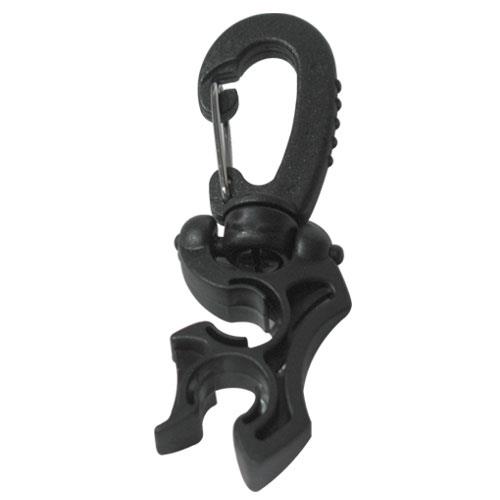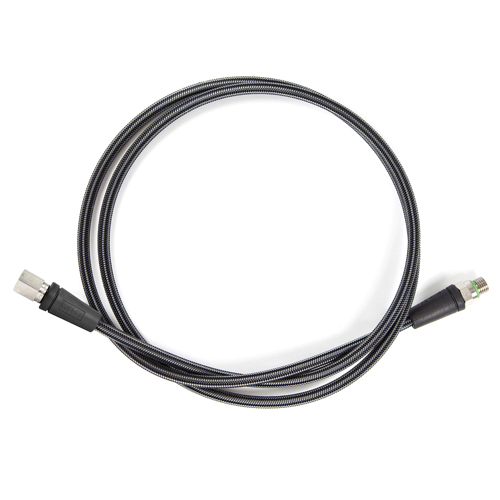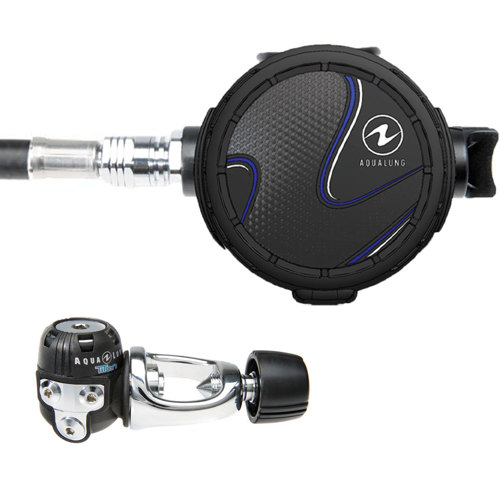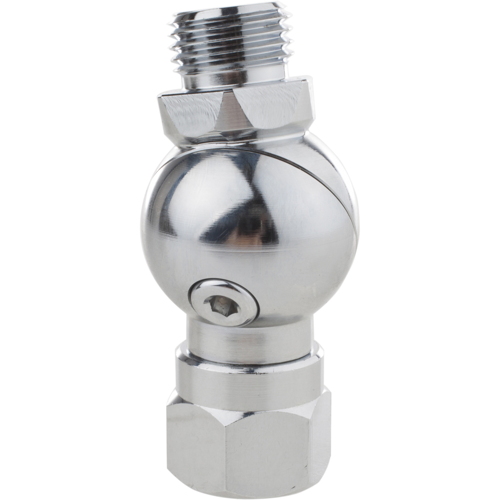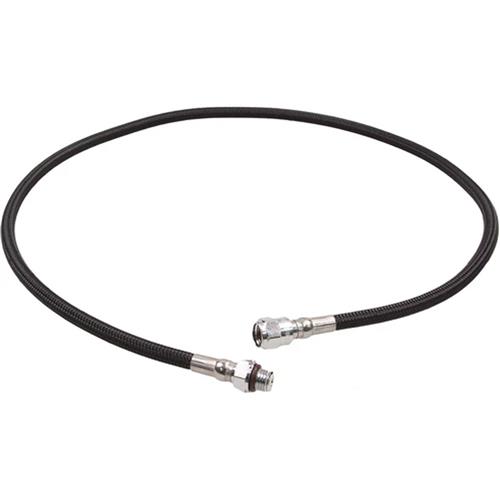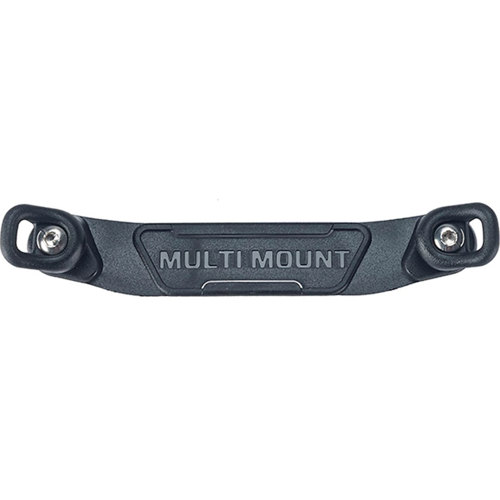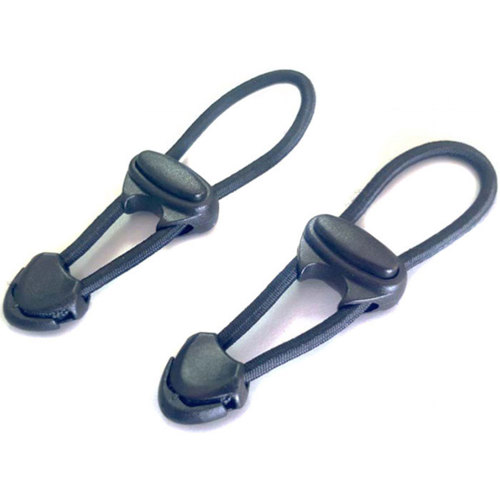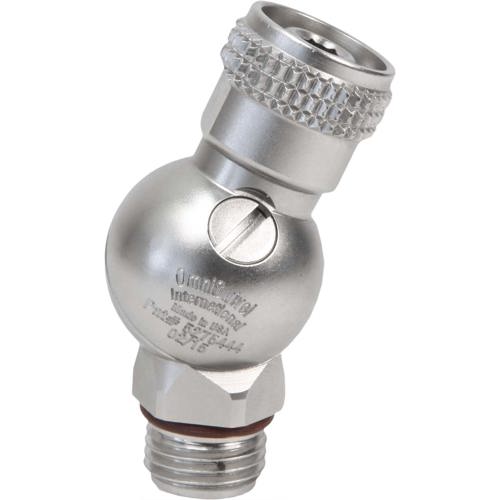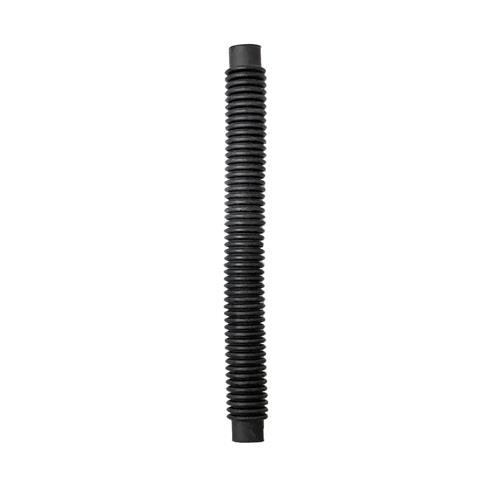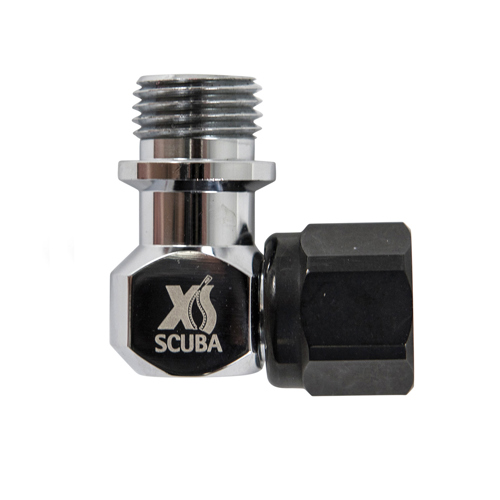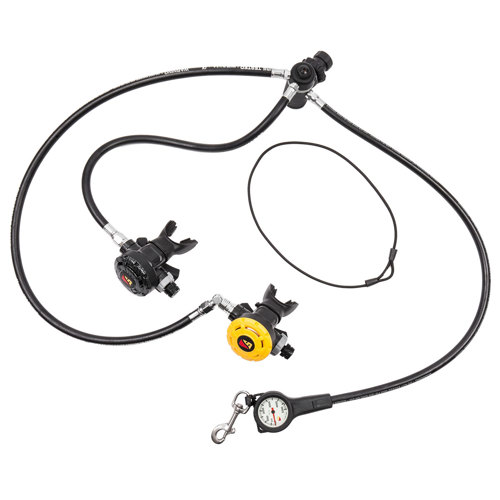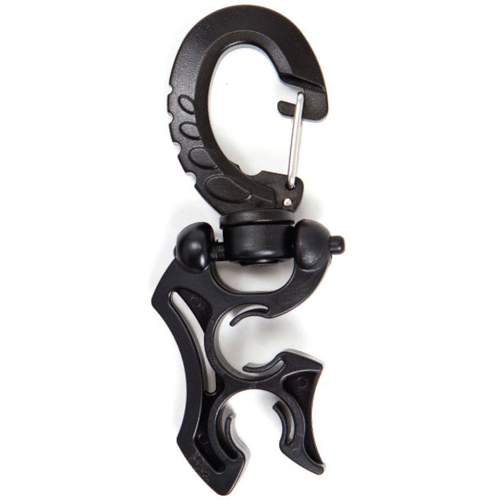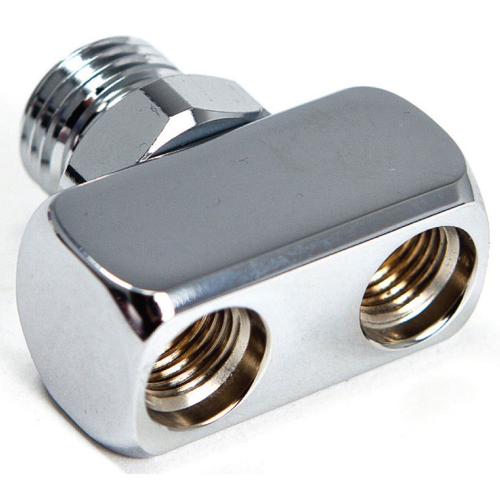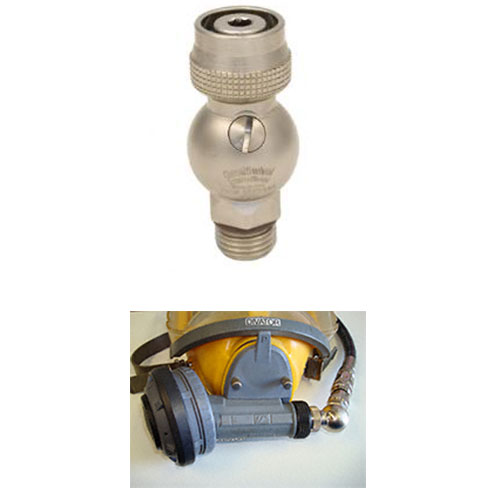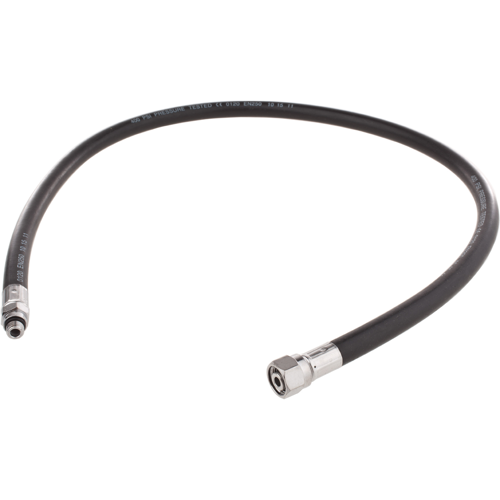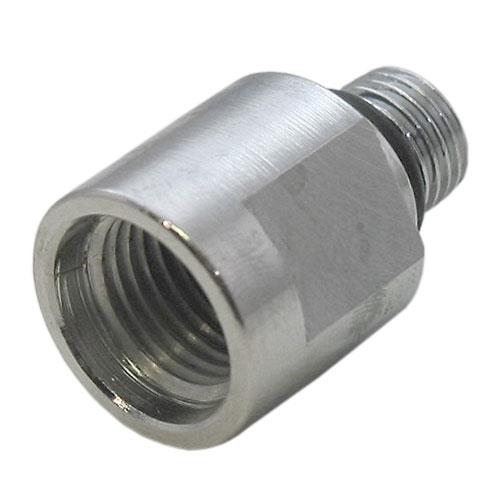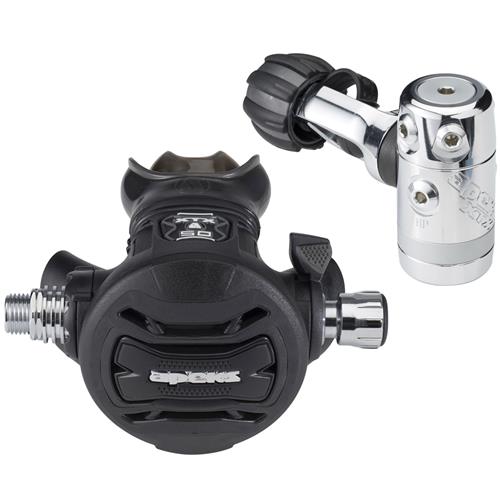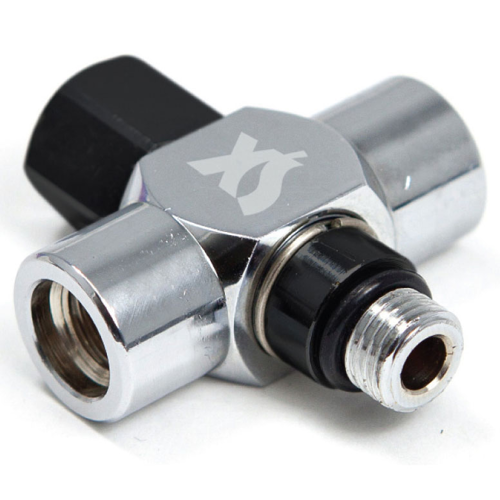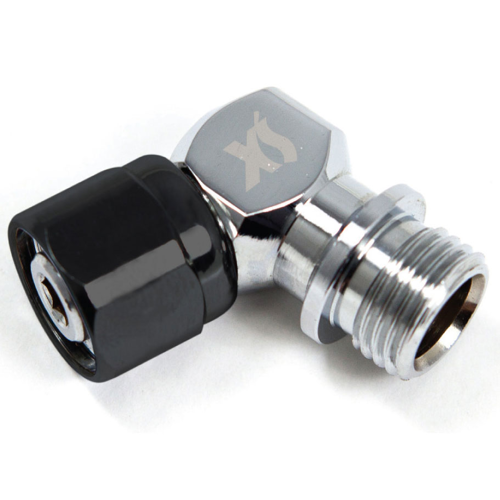Scuba Hose Routing
DESCRIPTION
A chrome plated marine brass regulator swivel that increases comfort and prevents the 2nd stage from pulling from the mouth.
Pros
- Improves hose routing and positioning
- High quality and works well
- Increases comfort and reduces jaw fatigue
- Useful accessory for divers
- Fast service and lower cost than other options
DESCRIPTION
A lightweight, UV-resistant regulator hose with unmatched flexibility and dual 360-degree swivels.
Pros
- Lightweight and comfortable
- Swivel feature provides added comfort and reduces jaw fatigue
- Durable and high-quality materials
- Easy installation and good fit
- Improved flexibility and reduced strain on the mouth
$595.95
Save:
$146.95
(25%)
$449
$75/mo
suggested payments with
6‑month special financing.
Learn how.
In Stock


